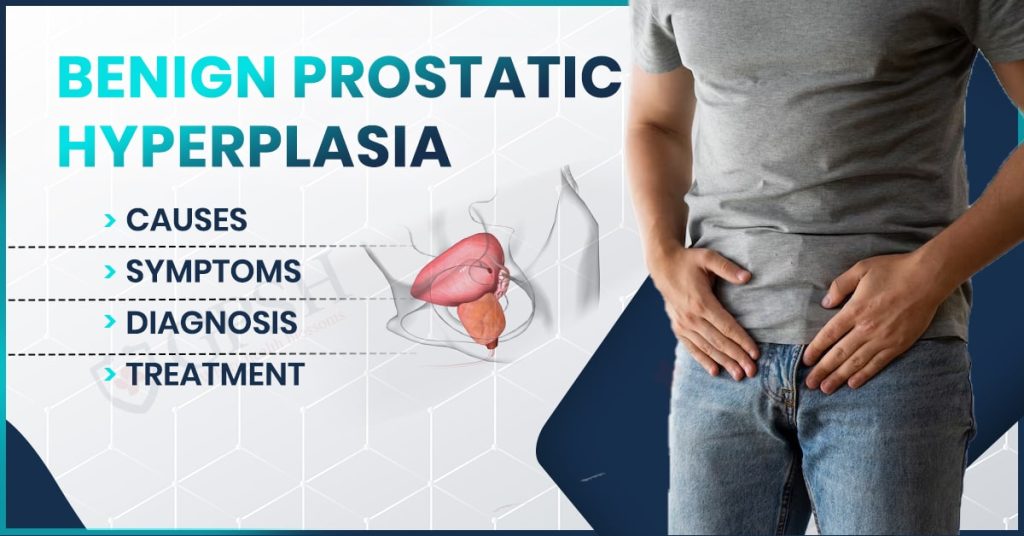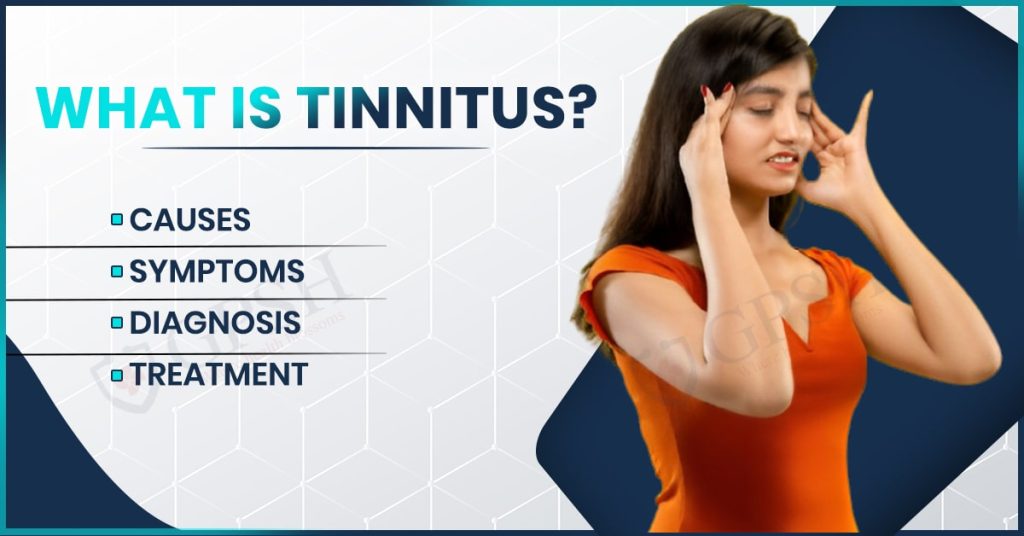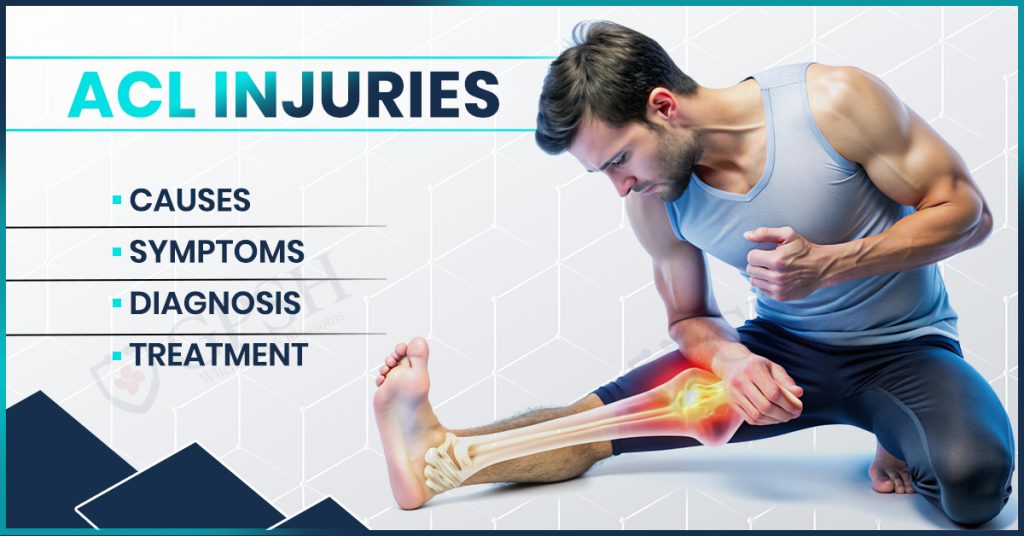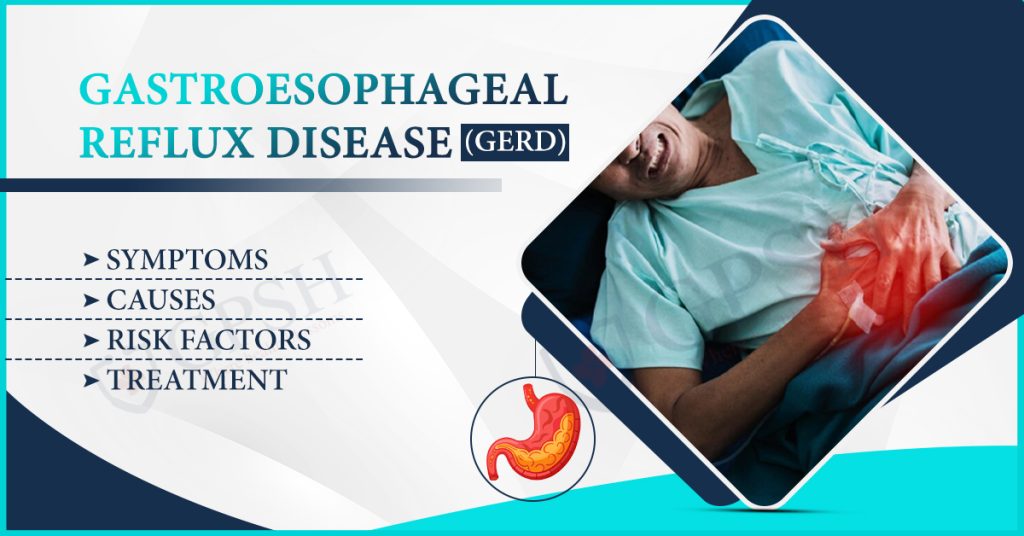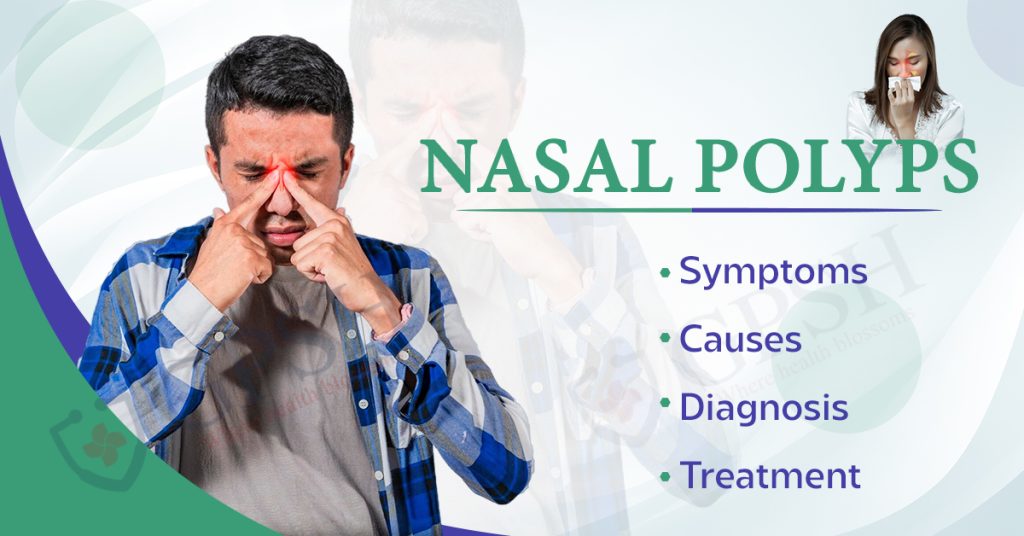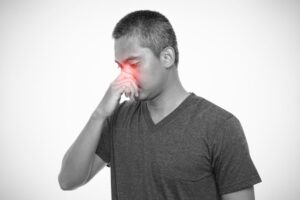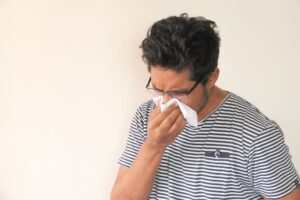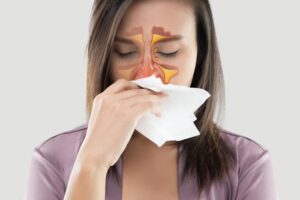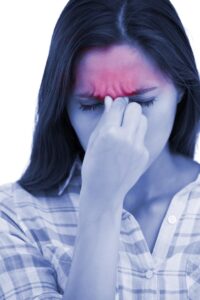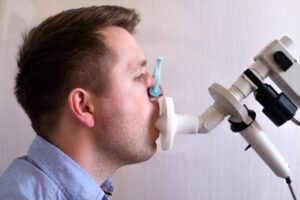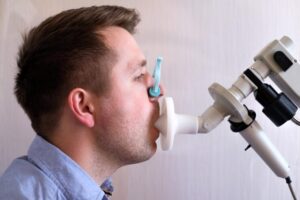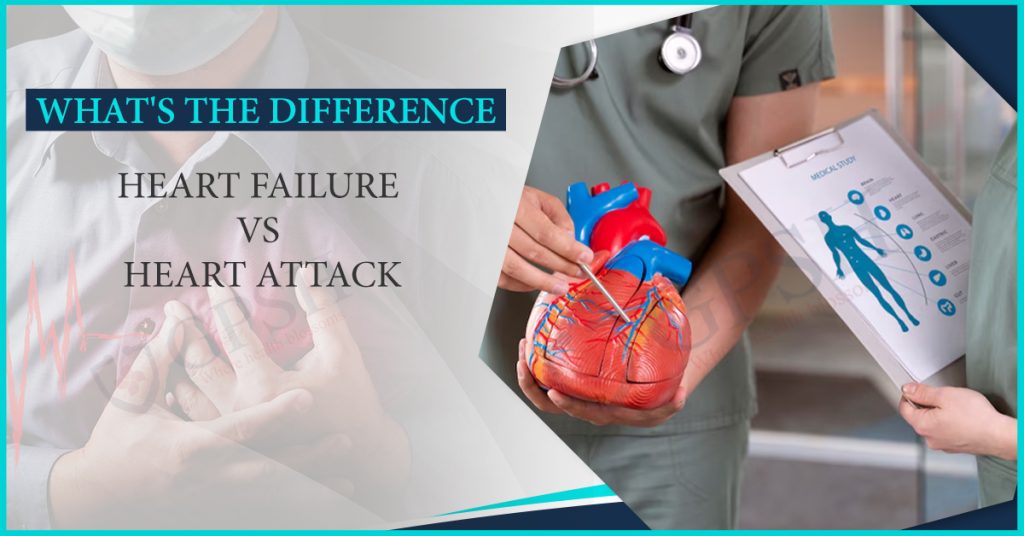Benign Prostatic Hyperplasia – Causes, Symptoms, Diagnosis and Treatment
Introduction
Benign Prostatic Hyperplasia (BPH) is a non-cancerous enlargement of the prostate gland, commonly affecting men as they age, particularly those over 50. It occurs when the prostate undergoes an increase in size, often leading to urinary difficulties as it presses on the urethra. In this overview, we will explore the key aspects of BPH, starting with the underlying causes, which include age-related hormonal changes and genetic factors. We will then examine the common symptoms such as frequent urination, difficulty in starting urination, and incomplete bladder emptying. We will discuss how BPH is diagnosed through clinical evaluations, imaging, and specialized tests. Finally, we will cover the treatment options, ranging from lifestyle changes and medications to surgical interventions, providing a comprehensive guide to managing BPH effectively.
What is Benign Prostatic Hyperplasia?
Benign Prostatic Hyperplasia (BPH) is a nonmalignant enlargement of the prostate gland resulting from increased stromal and epithelial cells, primarily in the periurethral zone. This hyperplastic growth leads to compression of the urethra, obstructing urinary flow. BPH is driven by hormonal changes, particularly dihydrotestosterone (DHT) accumulation, and the imbalance of estrogen-to-androgen ratios in aging men, contributing to prostatic cell proliferation and tissue remodeling. It is a common condition in older males and is not associated with an increased risk of prostate cancer.
you can read also:- ACL Injuries: Causes, Symptoms, Diagnosis & Treatment
Symptoms of Benign Prostatic Hyperplasia
The symptoms of Benign Prostatic Hyperplasia (BPH) are primarily related to urinary dysfunction due to the enlarged prostate compressing the urethra. These symptoms are typically classified into two categories: obstructive and irritative.
- Obstructive Symptoms:
- Difficulty starting urination (hesitancy) – Trouble initiating the urine stream.
- Weak or interrupted urine stream – Reduced flow and potential dribbling.
- Straining to urinate – Effort is required to pass urine.
- Incomplete bladder emptying – Feeling as if the bladder isn’t fully emptied.
- Prolonged urination – Taking longer to finish urinating.
- Post-void dribbling – Leakage of urine after urination has ended.
- Irritative Symptoms:
- Frequent urination – Urination is more frequent, especially during the night (nocturia).
- Urgency to urinate – Sudden, strong need to urinate, often difficult to delay.
- Burning sensation during urination (dysuria) – Discomfort or pain while urinating.
- Increased risk of urinary tract infections (UTIs) – Due to stagnant urine and incomplete bladder emptying.
Causes of Benign Prostatic Hyperplasia
The exact cause of Benign Prostatic Hyperplasia (BPH) is not fully understood, but several key factors contribute to its development, particularly age-related hormonal changes. Here are the main causes associated with BPH:
- Hormonal Imbalance:
- Dihydrotestosterone (DHT): DHT, a potent derivative of testosterone, plays a crucial role in prostate growth. As men age, the accumulation of DHT in the prostate leads to the proliferation of prostate cells, causing enlargement.
- Estrogen-Testosterone Imbalance: In aging men, testosterone levels decrease while estrogen levels remain relatively stable. This imbalance may promote prostate growth, as estrogen is believed to enhance the effect of DHT in the prostate tissue.
- Aging:
- BPH is most common in older men, with a higher prevalence in men over 50. The prostate naturally grows larger with age, and this is considered a normal part of aging, though not all men experience significant symptoms.
- Genetic Factors:
- Family history can increase the likelihood of developing BPH. Men with close relatives (father, brothers) who have had BPH are more likely to develop the condition.
- Chronic Inflammation:
- Inflammation in the prostate over time may contribute to cellular changes and tissue remodeling, leading to hyperplasia.
- Lifestyle and Health Factors:
- Obesity, metabolic syndrome, and lack of physical activity have been associated with a higher risk of developing BPH.
- Diets rich in red meat and low in vegetables may also be linked to an increased risk.
you can read also:- High Cholesterol: Symptoms, Causes and Treatment
Diagnosis of Benign Prostatic Hyperplasia
The diagnosis of Benign Prostatic Hyperplasia (BPH) involves a combination of medical history evaluation, physical examinations, and specialized tests to assess the size of the prostate, the severity of symptoms, and the extent of urinary obstruction. The key diagnostic steps are:
- Medical History:
- A thorough review of the patient’s urinary symptoms, their duration, and impact on daily life is conducted. Doctors often use the International Prostate Symptom Score (IPSS) questionnaire, which quantifies symptom severity based on factors like urine flow, frequency, and urgency.
- Physical Examination:
- Digital Rectal Examination (DRE): The doctor examines the prostate by inserting a gloved finger into the rectum to feel for the size, shape, and consistency of the prostate. Enlargement or irregularities can indicate BPH or other prostate conditions.
- Urine Tests:
- Urinalysis: A sample of urine is tested to rule out infections or blood in the urine, which could mimic BPH symptoms or indicate other urinary tract issues.
- Urine flow test: This test measures the strength and amount of urine flow, helping to assess the degree of obstruction caused by the enlarged prostate.
- Blood Tests:
- Prostate-Specific Antigen (PSA) Test: PSA levels in the blood can be elevated in BPH as well as in prostate cancer. While this test helps in assessing prostate health, it cannot definitively distinguish between BPH and cancer, but high levels may prompt further investigation.
- Imaging Studies:
- Ultrasound (Transrectal or Abdominal): This imaging test can measure the size of the prostate and assess any structural abnormalities. A transrectal ultrasound (TRUS) provides a detailed view of the prostate.
- Post-Void Residual Measurement: A bladder ultrasound may be used to measure the amount of urine left in the bladder after urination, which can indicate the extent of bladder obstruction.
- Urodynamic Tests:
- These tests measure bladder pressure and urine flow to determine how well the bladder and urethra are working, and how much the prostate is obstructing urine flow. These are typically performed if the diagnosis is unclear or if symptoms are severe.
- Cystoscopy:
- In some cases, a cystoscopy may be performed to look directly inside the urethra and bladder using a thin, flexible scope. This allows the doctor to see the degree of prostate enlargement and any obstruction.
Treatment of Benign Prostatic Hyperplasia
The treatment of Benign Prostatic Hyperplasia (BPH) depends on the severity of symptoms, the size of the prostate, and the patient’s overall health. Treatment options range from lifestyle changes and medications to minimally invasive procedures and surgery. The goal is to relieve symptoms, improve urinary flow, and prevent complications.
- Medications: Medications are often the first line of treatment for moderate to severe symptoms:
- Alpha-blockers (e.g., tamsulosin, alfuzosin): These medications relax the muscles in the prostate and bladder neck, improving urine flow and reducing symptoms.
- 5-alpha-reductase inhibitors (e.g., finasteride, dutasteride): These drugs shrink the prostate by blocking the conversion of testosterone to dihydrotestosterone (DHT), reducing prostate size and preventing further growth.
- Combination therapy: In some cases, a combination of alpha-blockers and 5-alpha-reductase inhibitors is used to provide more effective symptom relief.
- Phosphodiesterase-5 inhibitors (e.g., tadalafil): Originally used for erectile dysfunction, these drugs can also improve BPH symptoms by relaxing smooth muscles in the prostate and bladder.
- Anticholinergics or Beta-3 agonists: These are used to treat irritative symptoms such as frequent or urgent urination, often in combination with other medications.
- Minimally Invasive Procedures: Minimally invasive treatments are considered when medications are ineffective or cause side effects:
- Transurethral Microwave Thermotherapy (TUMT): Uses microwave energy to heat and destroy excess prostate tissue, reducing obstruction.
- Transurethral Needle Ablation (TUNA): Delivers radiofrequency energy to the prostate, causing tissue ablation and reducing prostate size.
- Prostatic Urethral Lift (UroLift): Small implants are placed to lift and hold the enlarged prostate tissue away from the urethra, improving urine flow without removing any tissue.
- Water Vapor Therapy (Rezum): This procedure injects steam into the prostate tissue, which destroys the excess cells, reducing the size of the prostate.
- Surgical Treatment: Surgery is recommended for severe BPH symptoms, complications (like urinary retention or recurrent infections), or when other treatments have failed:
- Transurethral Resection of the Prostate (TURP): The most common surgical treatment, TURP involves removing part of the prostate tissue through the urethra to relieve obstruction.
- Laser Surgery: Different types of laser procedures (e.g., Holmium Laser Enucleation of the Prostate – HoLEP) vaporize or remove excess prostate tissue, providing symptom relief with minimal bleeding.
- Open or Robotic Prostatectomy: For extremely enlarged prostates, open surgery or robot-assisted laparoscopic surgery may be performed to remove part or all of the prostate.
- Transurethral Incision of the Prostate (TUIP): Instead of removing tissue, small cuts are made in the prostate to widen the urethra and improve urine flow.
Prevention of Benign Prostatic Hyperplasia
While Benign Prostatic Hyperplasia (BPH) can’t be fully prevented, certain lifestyle habits can reduce the risk or delay its onset. Key strategies include:
- Maintain a Healthy Weight: Obesity increases the risk of BPH, so regular exercise and a balanced diet are important.
- Exercise Regularly: Aerobic and strength exercises help improve prostate health and reduce BPH risk.
- Eat a Healthy Diet: Focus on fruits, vegetables, and omega-3-rich foods while limiting red meat and processed foods.
- Limit Alcohol and Caffeine: These can irritate the bladder and worsen symptoms.
- Stay Hydrated: Drink fluids steadily during the day but reduce intake in the evening.
- Avoid Certain Medications: Some over-the-counter drugs can worsen symptoms, so consult a doctor.
- Regular Check-Ups: Routine prostate exams can catch BPH early.
- Manage Stress: Reducing stress through relaxation techniques can help control symptoms.
Conclusion
In summary, Benign Prostatic Hyperplasia (BPH) is a common prostate enlargement affecting older men, causing urinary issues. While it can’t be fully prevented, lifestyle changes, early diagnosis, and various treatments, including medications and minimally invasive procedures, can effectively manage the condition. BPH falls under Urology, the specialty dealing with urinary and male reproductive health. Shekhawati Hospital excels in treating BPH, offering advanced medical and surgical options through their expert urologists.
Benign Prostatic Hyperplasia – Causes, Symptoms, Diagnosis and Treatment Read More »


